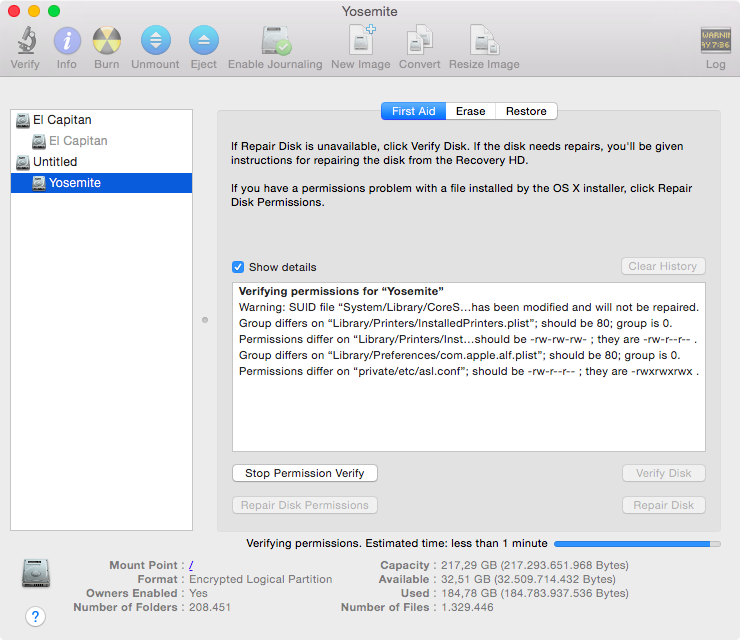
The work-around is to quit and relaunch DiskAid, while leaving the iOS device attached.

The main remaining bug is that, if I connect an iPhone or iPad after launching DiskAid, I periodically get a Connection Error. Happily, all but two have been fixed in the current 4.02 update. I discovered a few glitches in the initial 4.0 release of DiskAid. With the separate purchase of TuneAid and PicsAid, you can also use DiskAid to copy music and photos - complete with metadata (such as a song’s rating). Additionally, it provides access to the Camera Roll and Voice Memo folders.

The one downside of this file sharing approach (for which there is no easy solution, as it is forced by Apple) is there is no way to post a file once to a single location and have it accessible to multiple apps.ĭiskAid 4.0 retains its access to the Media folder. This alone made DiskAid 4.x a must-have purchase. If you’re like me, you’ll find this is much more convenient than having to launch iTunes for app file sharing (as I described in a previous article). You can also delete items from these app folders. You can transfer a single file or several files at once. Immediately thereafter, you can view the transferred file from the relevant app.
Disk aid for mac mac#
To do a transfer, drag-and-drop any compatible file on your Mac to the folder for the desired app, as listed in the Applications section of DiskAid ( see Figure). This means you can use DiskAid to transfer files to and from iWork apps (Pages, Numbers and Keynote) on your iPad as well as any third-party apps that that employ the same technology (such as GoodReader). DiskAid 4.0 can further work with apps that use the file sharing method included as part of iOS 3.2 on the iPad (and also included as part of iOS 4). This includes FileApp as well as Air Sharing and DocsToGo. DiskAid can now access the separate document storage locations used by a variety of iPhone apps. With the new DiskAid, USB-based file viewing returns - with a vengeance. It is limited to items in the Media > DCIM folder (which is the original location of the DiskAid folder). The only file reader app I know of that can still view files in the Media folder is GoodReader. Unfortunately, all of this changed when Apple imposed restrictions on FileApp that prevented the app’s access to USB-transferred files. These files could be then viewed via DigiDNA’s companion file reader/manager app, FileApp. To do this, you copied the files to the DiskAid folder created in the Media folder.
Disk aid for mac pdf#
The other main use of DiskAid was to transfer documents, such as text or PDF files, from your Mac to an iOS device for viewing on the device.

Conversely, any files in the Media folder (which includes photos and music files) could be copied, moved or deleted via DiskAid. This allowed you to use your iOS device for data storage, acting as a quasi-external drive.

With prior versions of DiskAid, data transfers were restricted to the Media folder on the iOS device (unless you jailbroke your device, as I explain more below). Just drag-and-drop the desired files and you’re done. From the window that opens, you can now transfer files from your Mac to the iOS device - and vice versa. To use DiskAid, connect your desired iOS device to your Mac via the standard USB-Dock cable and launch DiskAid. It certainly improves on Apple’s iTunes-based method. With this 4.0 upgrade, DiskAid becomes a must-have utility for anyone who expects to frequently share document files between their computer and iOS devices (iPhones, iPod touches and iPads). DigiDNA has revamped its flagship DiskAid application ($10 for Macintosh and Windows).


 0 kommentar(er)
0 kommentar(er)
